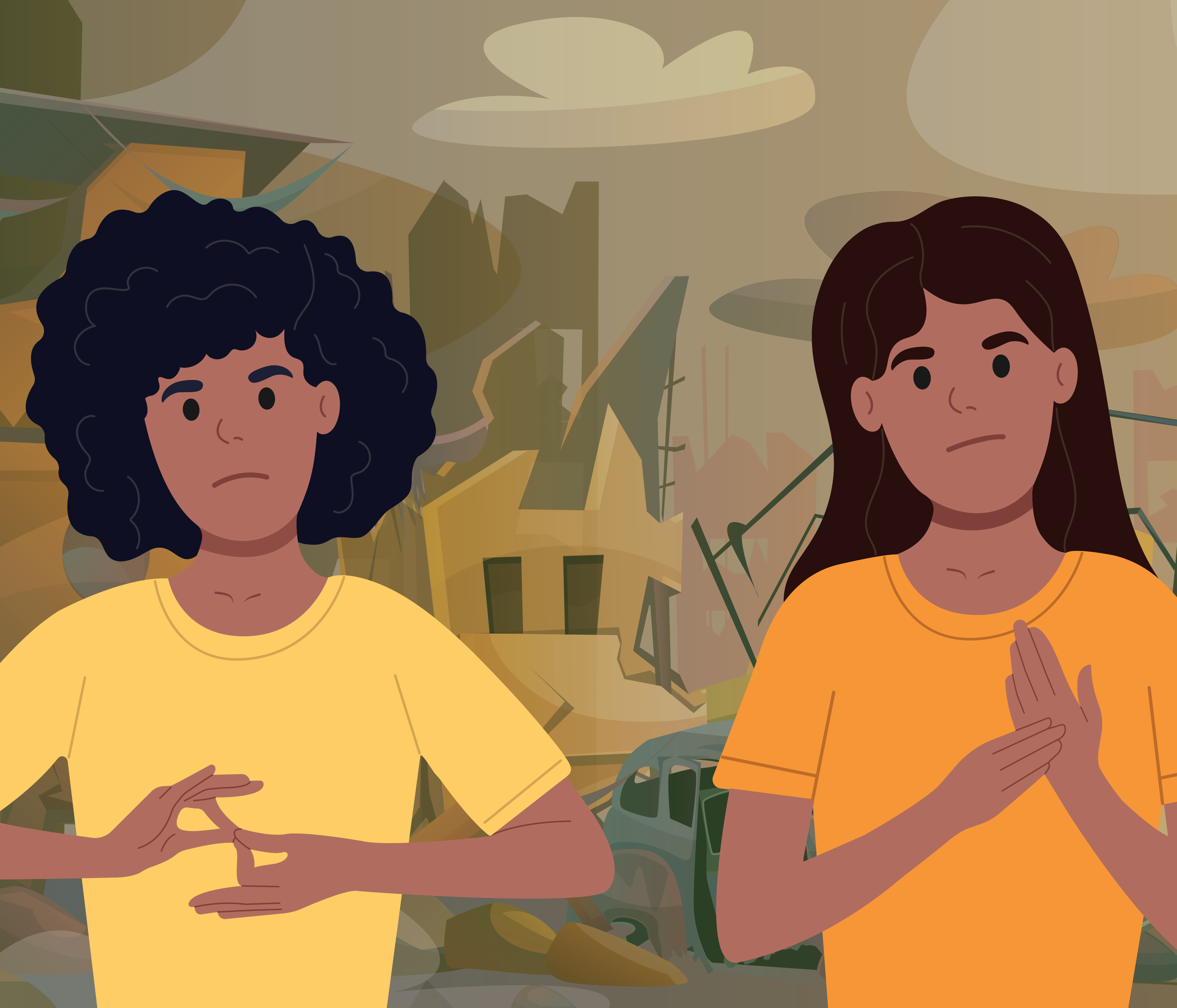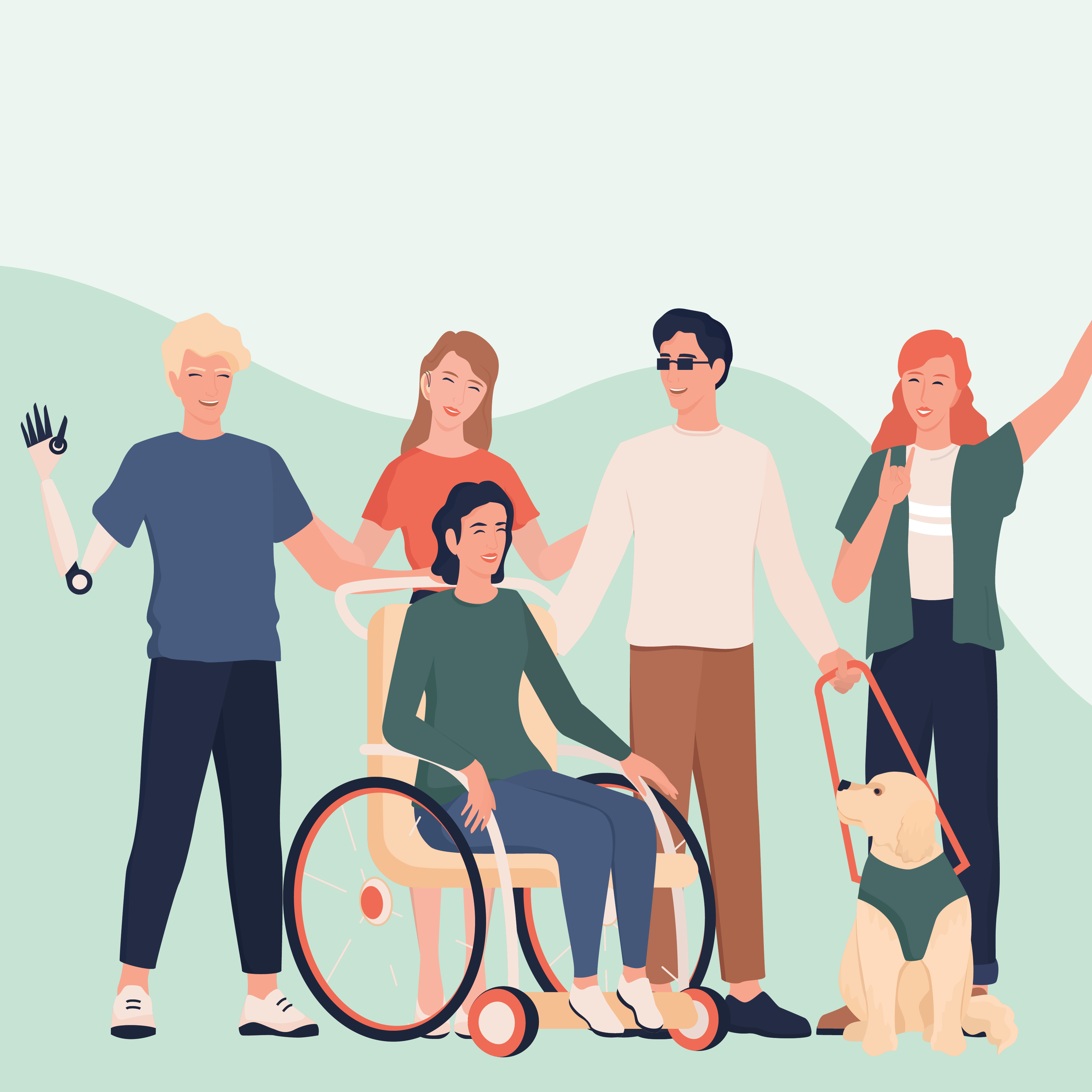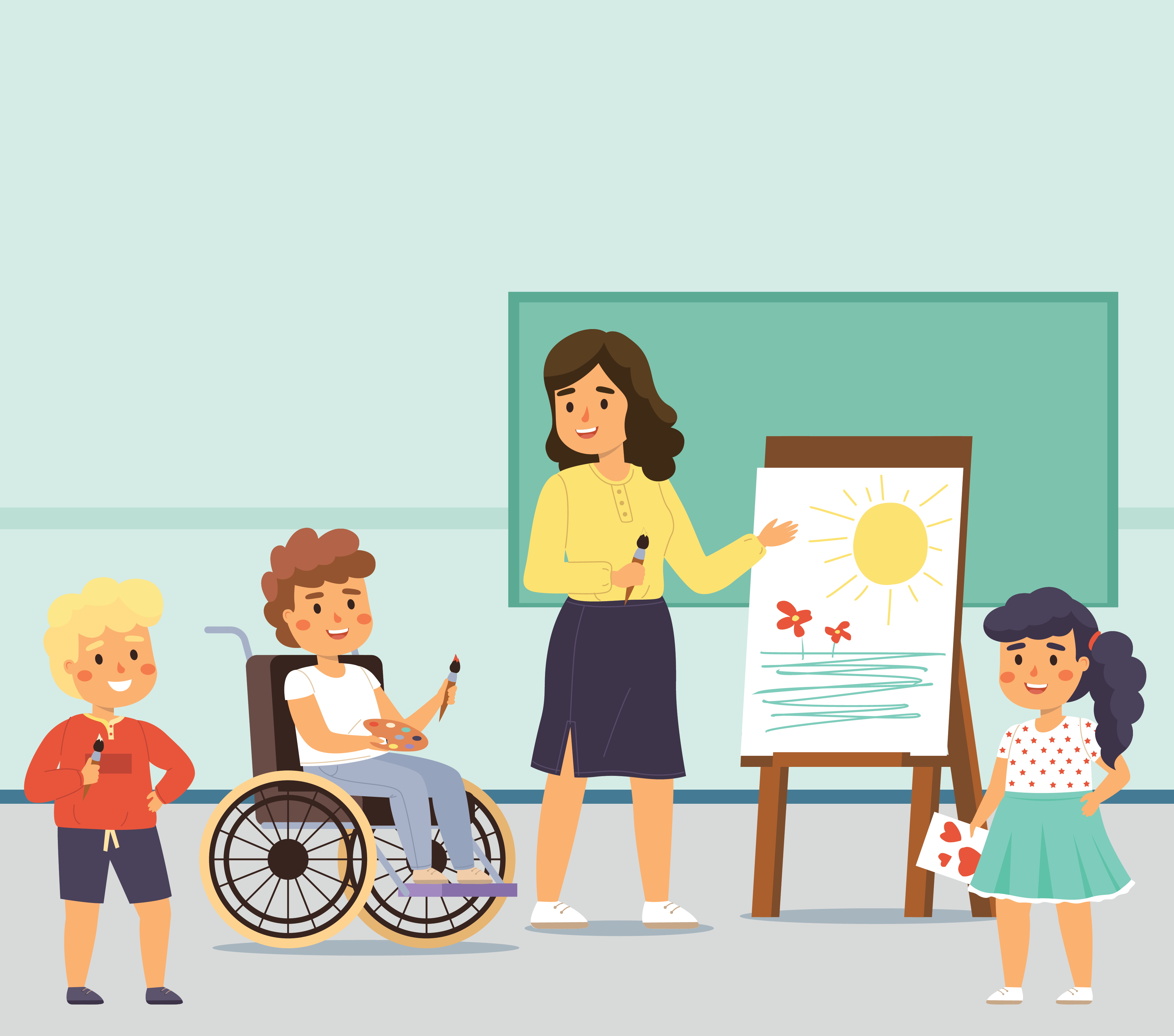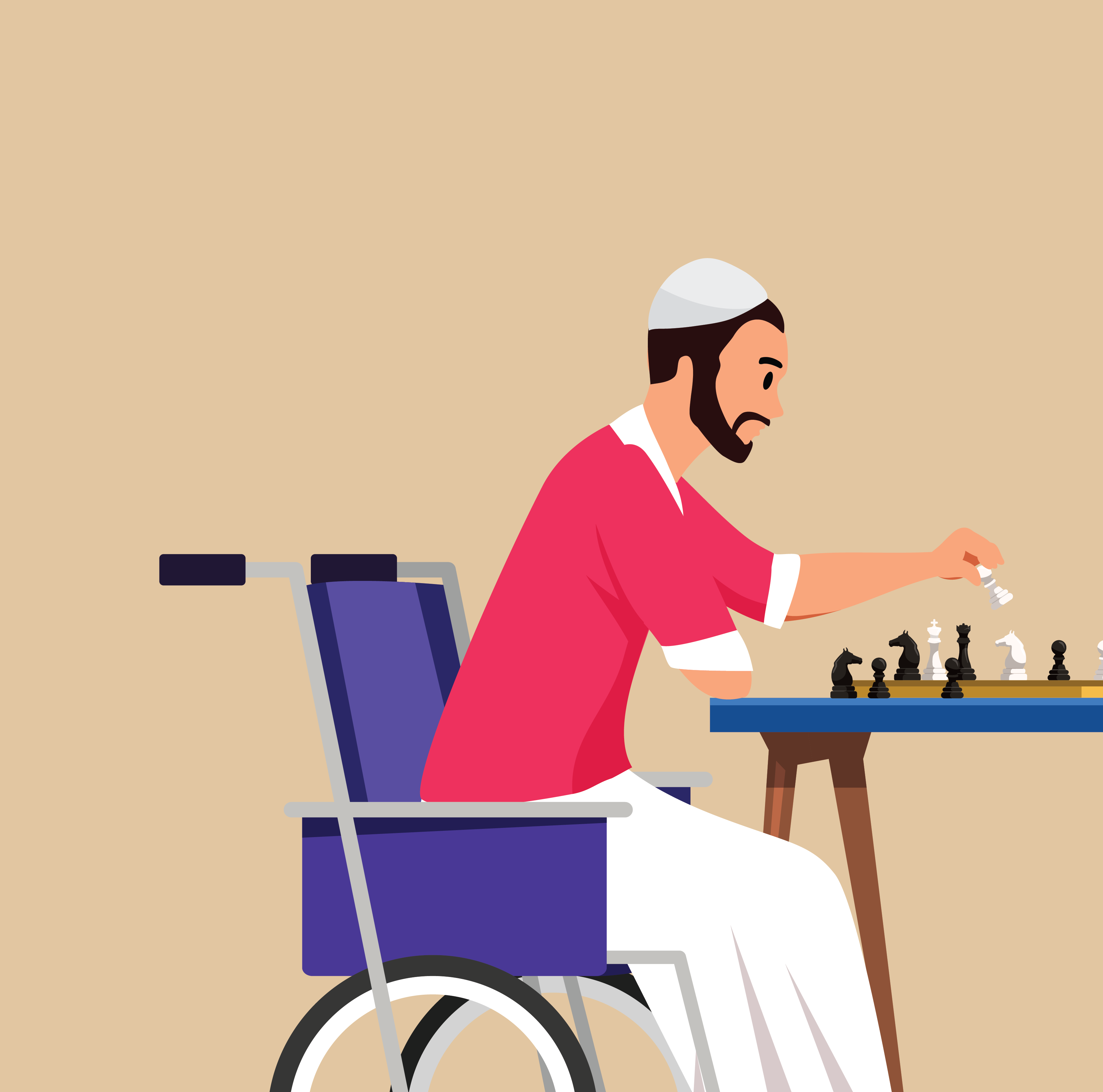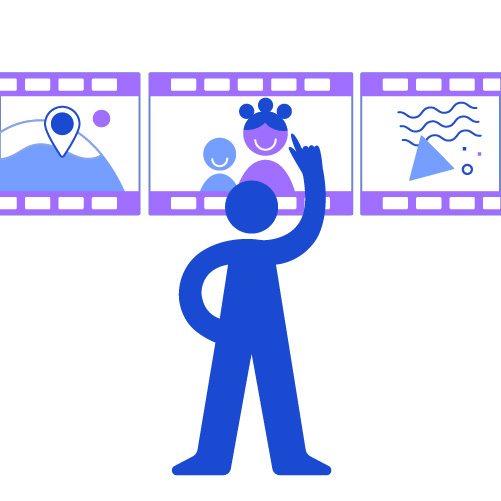
Storytelling
Harness storytelling as part of your toolbox of SBC approaches
Introduction
People and organizations engaged in local, national, and international development action can harness storytelling as part of their toolbox of SBC approaches. Many compelling quotes, in often evocative and lyrical language, highlight the centrality of storytelling for people, communities, cultures and countries across all endeavors:
- “There is no greater agony than bearing an untold story inside you.” (Maya Angelou)
- “After nourishment, shelter and companionship, stories are the thing we need most in the world.” (Philip Pullman)
- “Stories are a communal currency of humanity.” (Tahir Shah)
- “The human species thinks in metaphors and learns through stories.” (Mary Catherine Bateson)
- “The purpose of a storyteller is not to tell you how to think, but to give you questions to think upon.” (Brandon Sanderson)
The guidance and suggestions below are derived from real life social and behavior change experiences and action. They seek to provide starter ideas for enhancing and growing your use of stories for effective action. From their extensive experience engaging with storytelling strategies as central elements driving their work, here is how a few organizations describe storytelling:
UNICEF has supported the development of "The Door to the Sahara - a story of community resilience as children face severe malnutrition". The focus is on Bintou, a community health worker and mother as she shares knowledge on good nutrition practices in the context of the serious effects of climate change on Tchad in Central Africa. Bintou uses storytelling strategies to demonstrate how stronger prevention can protect children from severe acute malnutrition. This initiative is based on the principle of "tell(ing) stories from more inclusive, equitable and diverse points of view."
Sonke Gender Justice Network and the Center for Digital Storytelling's Silence Speaks programme in Eastern Cape, South Africa highlighted the following as core approach for its work: "working with small groups of people to facilitate the production of short, first-person digital videos that document a wide range of culturally and historically embedded lived experiences, (drawing from) well-established traditions in popular education".
In India the Upscaling Participatory Action and Videos for Agriculture and Nutrition (UPAVAN) uses storytelling as the core element of its focus on seasonal food insecurity, as well as sub-optimal diet, health care, and water, sanitation, and hygiene (WASH) practices: they use a "community video model, in which partners train and support agriculture and health workers to promote improved agriculture and nutrition practices by producing and discussing community-made videos (for sharing and discussion) at monthly women's group meetings’’.
Community Digital storytelling in the Mekong Delta in south-East Asia focused on enabling people (especially those living in poverty) to gain knowledge, build their confidence, and share their concerns with others who can address them - with a specific emphasis on climate change. The core storytelling principles that drive this work focus on voice and conversation: "People living in poverty or vulnerable situations struggle to have their voices heard. They may have restricted access to local, regional or international policymakers. Hopefully, in this way the stories can add to a wider conversation about how development programming and government policies can more effectively help different vulnerable groups adapt to a changing climate".
Rádio Yandê is a community radio station that uses digital media to bring Brazil's indigenous cultures and languages to the forefront. The core principle driving this work is that the process and content are "created by indigenous people, for indigenous people, with the intention of using technology to challenge the stereotypes and misconceptions about Brazil's native communities that can emerge out of mainstream media narratives." This is encapsulated in the core principle that underpins all of the work: "We aim to disrupt, engage & empower. These are our stories."
Goals and Objectives for Storytelling Initiatives
Every context is different, but a review of several storytelling initiatives helps identify some generic goals that are shared across:
- Amplifying the analysis, perspective and ideas of those most directly affected by a development issue, examples include (more example at the end of this page):
- Strengthening the collective voice of transport workers
- Speaking out about issues affecting their street children’s lives and to share their stories with a wider audience
- Youth reporters telling their own stories
- Facilitating individual and collective action on shared issues and concerns – examples include (more example at the end of this page):
- Increasing women's agency, enhance knowledge, and change perceptions and attitudes on social determinants of health.
- Supporting the positive and active role of fathers or men in the lives of children.
- Building the capacity of participants for sharing their own stories to garner increased coverage by local media of the challenges faced by indigenous communities.
- Enhancing and advancing individual and collective learning – examples include (more example at the end of this page):
- Contributing to self-recognition of local Colombian cultural values and capacities for building a life plan
- Strengthening parenting skills to improve child well-being.
- Giving priority to ensuring that young people complete their education, delay their sexual debut and first birth, and reduce HIV transmission.
- Facilitating open and safe dialogue on often sensitive but important issues and opportunities – examples include (more example at the end of this page):
- Bringing small groups of people together to share and witness each other's stories related to FGM.
- Encouraging discussion about difficult topics in Malawi.
- Raising awareness and discussion on democracy, human rights, civic participation, transparency, accountability, the right to information, and freedom of expression in Mozambique.
The four generic goals identified above – Voice, Action, Learning, Dialogue – are not exhaustive. Other possible goals include:
- Increase the use of services: increasing demand for vaccination services in Niger.
- Support healing:helping African refugee children heal from past trauma.
- Media development: accelerating the development of a new generation of media practitioners and innovators in East Africa.
- Cultural connection: promoting comfort and recovery through art and relatable folk tales, providing reconnection to Syrian culture for those who have been displaced.
- Enhance quality of life: creating a sustainable, needs-driven platform for improving the quality of life of orphans and vulnerable children in Zambia.
Storytelling strategies
A long list of specific strategies to leverage the power of storytelling can be identified and are often mixed in real life action. Here we have grouped them in community, digital and media-based strategies.
Examples of community-based strategies:
- Sanganisai is a Shona word that means putting together or mixing. It is a festival of dance, song, drama, storytelling, poetry, and other dramatic art forms. The acts are performed for and by children in the villages of Zimbabwe and are designed to be a platform for village children to share their feelings on issues that affect them, tell their stories, and elicit the support they need from their communities.
- Community Theater to Improve Demand for Vaccination Services in the Niger Delta Region of Nigeria - set out to explore the potential of using storytelling and emotion in increasing demand for vaccination services and emphasizing how emotions can be harnessed to create long-lasting positive behavior change. Focused on 4 themes: awareness, trust, motivation, and action. Relevant stakeholders (including the leadership of the health system), community leaders, health workers, and community members were engaged in the design and performance of the theatre productions. A hero's journey was co-created and clearly mapped out for each performance with 2 distinct hero's journeys: a caregiver's journey and a health worker's journey.
- Thetha Nami [Talk to Me] - For two full-day participatory workshops conducted in isiZulu with guidance from a social science researcher, participants used vignettes as a vehicle to critically engage with and brainstorm practical approaches (e.g., role play, pictures, storytelling) to mitigate the drivers of HIV. The candidate interventions were then plotted to a Theory of Change (ToC). The approach adopted included peer-led health promotion to improve self-efficacy and demand for HIV prevention, referrals to social and educational resources, and accessible youth-friendly clinical services to improve uptake of HIV prevention.
- Girls' Holistic Development (GHD) Programme - Recognizing the importance of building on community values and concerns, a rapid listening study was conducted using a qualitative and participatory methodology involving small, in-depth group interviews with: traditional community male leaders; religious leaders; grandmothers; men; women; local authorities; health workers; and non-governmental organization (NGO) staff working in Velingara, Senegal. Three main themes emerged from this participatory exercise: concerns about the breakdown in communication between elders, parents, and children; the resulting decrease in the transmission of moral, cultural, and religious values and traditions to children, e.g. showing respect for elders and storytelling; and children's attitudes and behavior that do not reflect priority family and cultural values.
Examples of digital-based strategies:
- Sahiyo Stories/Voices to End Female Genital Mutilation (FGM) - Communication research indicates that real people's stories can have greater reach when they are shared widely, both in local community settings and through social media. Together, StoryCenter and Sahiyo held a workshop with survivors of FGM representing the Dawoodi Bohra Muslim community, as well as communities in Kenya, Somalia, and the Midwestern United States. Over the course of three days, the workshop participants shared their experiences, wept and laughed together, and dove into the creative activities of piecing together short videos. On the last day, they invited a videographer to capture the reflections of the storytellers about the digital storytelling process.
- Migrantes de Otro Mundo [Migrants from Another World] - a team of more than 40 journalists from over a dozen countries collaborated to tell the untold story of migrants from Asia and Africa who travel through Latin America each year to reach the United States and Canada. This cross-border investigative collaboration sought to create awareness of this migration route, which has remained largely undocumented and invisible, and to help audiences understand the phenomenon of migration as a global process that is about human stories, not just about numbers, isolated tragedies, or nationalist responses. The project, which involved data collection and storytelling, culminated in a website that maps the paths migrants take, the dangers they face, the political hurdles they must overcome, and the people who profit from trafficking.
- Finding Digital Stories: The Youth Reporter Project Toolkit - As smartphones are accessible to most young people, Plan International Philippines, through its Youth Reporter Project, developed a mobile journalism ("MoJo") toolkit to equip youth advocates with the knowledge and skills needed for digital storytelling. Intended for young people aged 13 to 24, the toolkit is designed to be a youth-friendly guide on writing and producing content for social media.
- Khan Sar Kyi ('Feel It') - Aims to build a broad and inclusive national public debate by showcasing diverse perspectives on identity and increasing audience understanding of the causes of, and potential solutions to, conflict. The project sought to engage both audiences who would normally tune out from politics and political actors who were driving the formal peace process in Myanmar, in order to tackle complex issues of identity and peace in a way that audiences could understand and engage with.
Examples of media-based strategies:
- Fathers Matter is a 6-part edutainment-style film series broadcasted on the South African television channel SABC2 in 2002 and streamed on the Telkom One App. Through storytelling featuring local actors, the films explore the complexities around being a father - and being fathered. For example, in one film, Ayize is a struggling artist who becomes a new father when his girlfriend Nomvula has a baby. He is devoted to both her and their baby girl, Zenzile. But he must prove to his terrifying and tough mother-in-law that he is good enough to be a good dad, even though he can't provide financially.
- MTV Shuga: Alone Together uses pop culture, trending music, and youthful storytelling in an effort to change behaviours. A COVID-19-related version of the edutainment series featured 70 daily scripted episodes filmed throughout lockdown in Kenya, Côte D'Ivoire, Nigeria, South Africa, Botswana, and the United States. Topics included COVID-19 prevention and gender-based violence, unplanned pregnancy, access to services, mental health, and misinformation. MTV Shuga Alone Together also examined the increased risks faced by people who may be HIV positive and/or those who have tuberculosis. The purpose of the initiative was to remind people who may feel isolated that they are not truly alone, as well as to reinforce crucial behaviour change interventions to reduce the spread of the COVID-19 virus.
- Haawiyat - “Storytelling is a psychologically and a sociologically endorsed need” features 8 pages of well-known, timeless Syrian folk tales illustrated in a variety of kid-friendly styles and published entirely in Arabic: "The Miller and the Two Gins," "The Story of the Five Cakes," and "The Story of the King's Daughter's Earring." When choosing the stories, Lewis and his multinational team of creators and translators used caution to avoid conjuring traumatic memories for the children; mental health professionals and onsite experts helped guide the process.
- Stories of Land, Rights, and Culture: Indigenous Community Leaders Document Their Efforts to Protect Human Rights and Preserve Traditions - StoryCenter's Silence Speaks initiative collaborated with the Christensen Fund and its regional partners in the Rift Valley region of Africa, Northwestern Mexico, and Central Asia, on a series of storytelling and participatory media workshops (in Ethiopia, Kenya, Mexico, and Tajikistan) with local indigenous leaders. The goal of the project was two-fold: to build the capacity of participants for sharing their own stories and to garner increased coverage by local media of the challenges faced by indigenous communities.
Planning and implementation steps
Various guides and resources are available to support your planning and implementation process, and often focus on a specific strategy or medium. Here are a few examples:
- Online Journalism and Storytelling: A Training and Learning Kit
- A Video Storytelling Method to Enhance Agricultural Extension - Workshop Handbook
- Enhancing Good Practice Documentation with Digital Storytelling
- Seeing Is Believing: A Guide to Visual Storytelling Best Practices
- Storytelling & Social Change: A Strategy Guide for Grantmakers
- Finding Digital Stories: The Youth Reporter Project Toolkit
- Stories-Without-An-Ending: An Adult Education Tool for Dialogue and Social Change
- REFLECT fuses the theory of Paulo Freire with the methodologies of participatory rural appraisal and storytelling
The article Storytelling and Evidence-Based Policy: Lessons from the Grey Literature analyzed insights available within the grey literature, and identified a similar group of factors or steps that must be considered as part of a plan to use storytelling for policy impact. These include:
- Identifying the policy issue.
- Identifying and mapping the audience.
- Selecting an appropriate messenger.
- Getting the timing right and understanding the rhythms of the policy process.
- Building relationships and networks and mapping the broader political context.
- Developing a theory of change.
- Developing a communication strategy along with appropriate messages.
- Developing a clear monitoring and evaluation strategy.
Impact
Although it can be difficult to measure the direct impact of storytelling strategies, there is a growing body of quality research that provide clear indications of impact. Examples include:
- Sesame Workshop: The Effect of Sesame Street around the World: A Meta-Analysis from 15 Countries found an overall effect size on cognitive, learning, and socio-emotional outcomes of 0.29. This translates into an 11.6 percentile gain (in terms of education). That is, an average child who does not watch Sesame Street is at the 50th percentile, whereas a child who watches is at the 62nd percentile.
- Heartlines "What's Your Story?" (South Africa) is a social change initiative that supports people telling their stories. They posed the following questions: “Can a campaign that encourages people to tell each other their personal stories, in supportive contexts, increase empathy amongst those involved? Does the fostering of greater empathy of individuals for each other in group settings improve cohesion and, therefore, the functioning of the group?" The Summative Evaluation results confirms the power of storytelling:
- 44% of the participants indicated that since being part of a WYS experience they had listened to someone else's story.
- 24% of participants indicated that since undertaking WYS they had told their story to someone else.
- When asked to provide reasons for adopting WYS, 29% of respondents indicated they wanted to improve relations between people in their organisation.
- 18% indicated they wanted to break down a barrier through the sharing of stories.
- In the formative evaluation, church data from the retrospective baseline showed that after being exposed to the WYS methodology, 42% of respondents had engaged in further intentional storytelling with others. In comparison to this, in the summative evaluation, a full 80% of respondents reported that they had engaged in further storytelling processes with others.
- Navrangi Re! ("Nine to a shade") is a 26-episode Indian television drama that aimed to influence sanitation behaviours by changing knowledge and attitudes, increasing risk perception, stimulating conversations, building collective efficacy, and creating social disapproval against poor faecal sludge management practices. It works from the perspective of using storytelling to achieve social and behaviour change with a focus on locally crafted and well-researched narratives to effect that change. The results from an external evaluation include:
- 37% of those who watched at least one episode showing behavioural intent to act, rising to 78% of those who had watched at least seven episodes.
- Overall, at exposure to over a quarter of episodes (7+) the intervention had a significant and positive effect on most outcome indicators. This shows that an edutainment intervention of this type can be successful in bringing about social and behavioural change on an invisible and a hard-to-address topic like FSM.
You can also consult: Big Changes Start Small - Stories of People Making a Difference.
Additional examples of Storytelling initiatives per goal/objective
- Amplifying the analysis, perspective and ideas of those most directly affected by a development issue, examples include:
- Giving girls the tools to document and share their stories of change.
- Embracing and energizing the voices of communities that are marginalized in mainstream media
- Amplifying girls’ voices and share their stories with a wider audience
- Refugees becoming the narrators of their own political realities offering an alternative representation to that which is being depicted in mainstream media
- Facilitating individual and collective action on shared issues and concerns – examples include:
- The opportunity to meet, share, understand, and feel differences and similarities in a journey towards greater understanding and peaceful co-existence in Myanmar
- Empowering and equipping a generation of active citizens with accurate information and encourage dialogue
- Organizing and mobilizing young people and the wider community to challenge social norms and lack of opportunity
- Empowering and strengthening grassroots organizations strategic communication capacities as they address complex social issues from human rights to gender equality, sustainable development, conservation and environmental justice.
- Strengthening community capacity to promote change in social norms related to girls' education, child marriage, teen pregnancy, and female genital mutilation (FGM)
- Providing young women with hands-on opportunities to become positive agents of change in their communities
- Supporting social initiatives foregrounding the causes of children and underserved communities by harnessing traditional wisdom, art, and culture - and by rediscovering them in contemporary contexts.
- Addressing high levels of sexual violence against women and girls in post-war Liberia, as well as improve their sexual and reproductive health rights.
- Enhancing and advancing individual and collective learning – examples include:
- Power of stories to spark all children’s potential, inspire and motivate parents and caregivers to give their children a head-start in life.
- Living a healthier and more sustainable lifestyle
- Developing literacy, digital media skills, and cross-cultural awareness.
- Improving knowledge and behaviours, as well as availability of commodities and access to services
- Facilitating open and safe dialogue on often sensitive but important issues and opportunities – examples include:
- Promoting trust, understanding, and greater social cohesion in South Africa.
- Gaining the initial confidence and support of parents and community leaders in Senegal.
- Creating a safe space to share stories and help participants gain a sense of individual achievement and group solidarity in Southern Africa.


